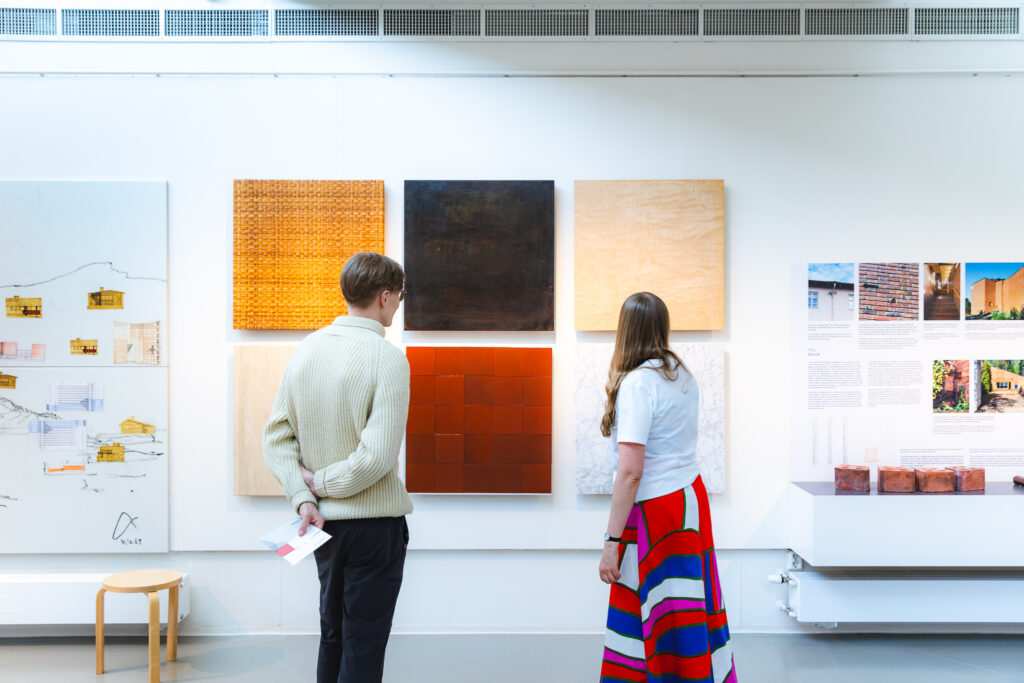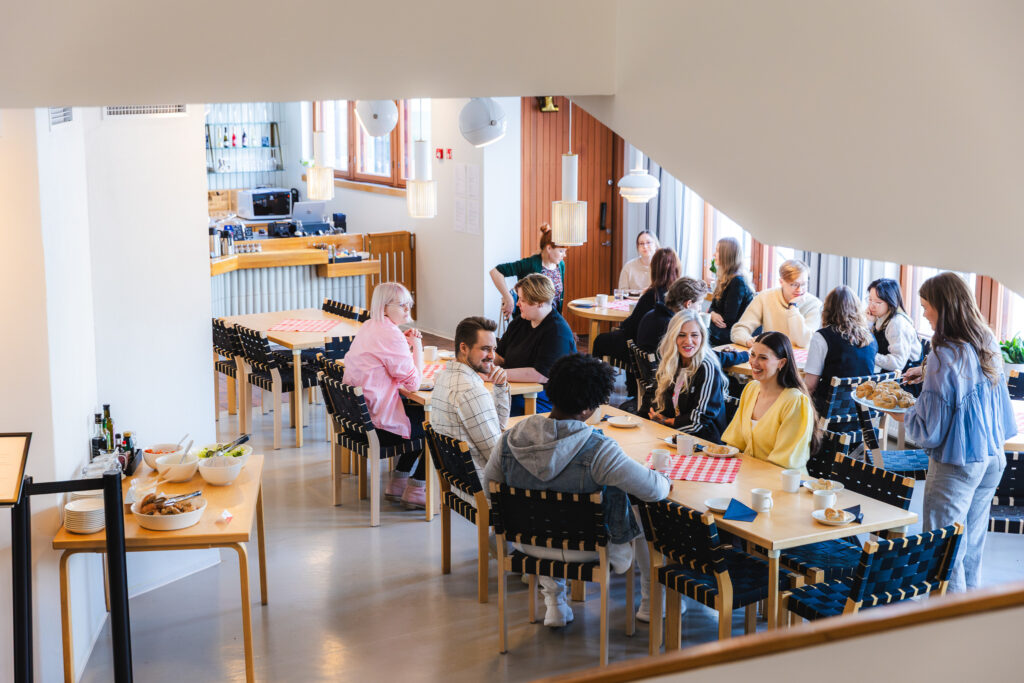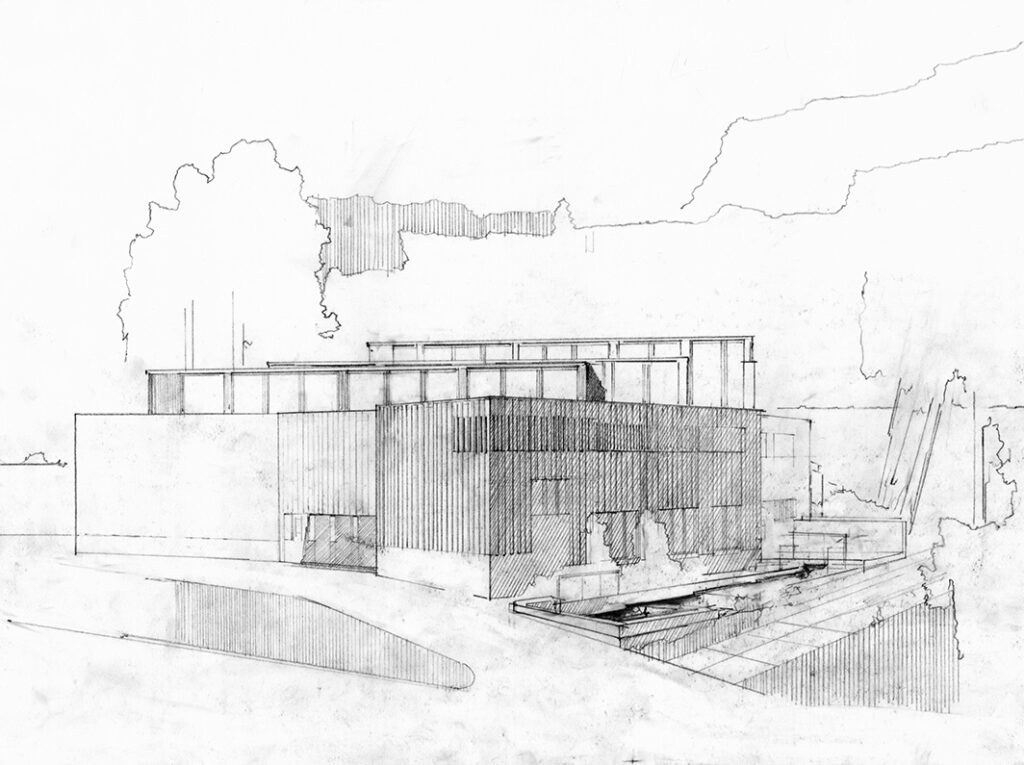Home » About
About

Aalto2
Aalto2 Museum Centre offers a complete experience under one roof, with inspiring exhibitions, delightful dining, and exclusive design products.
At Aalto2 Museum Centre, you’ll find the inspiring exhibitions of the Central Finland Museum and Alvar Aalto Museum, delicious lunches and coffee moments at Aalto2 Café, and timeless design classics and unique souvenirs at Aalto2 Shop.
You can also take part in a wide range of workshops and events hosted by both museums or organise your own private corporate or family event in our stylish venues.
We also offer guided tours of both museums’ exhibitions, as well as summer guided tours to the Muuratsalo Experimental House.
Come explore our diverse offerings and get inspired at Aalto2!


Alvar Aalto Museum and Alvar Aalto Foundation
The Alvar Aalto Museum is part of the Alvar Aalto Foundation and maintains the material and intellectual legacy of the world-famous architects and designers Alvar, Aino and Elissa Aalto, and acts to make their work and thinking more widely known.
The Alvar Aalto Foundation is the organisation with national responsibility for Alvar Aalto’s architecture and design heritage. Its extensive collections of architectural drawings, photographs and design objects are the basis of the Foundation´s exhibitions, publications, events and work in architectural and design heritage.
The Alvar Aalto Foundation’s museum sites, the Alvar Aalto Museum and the Muuratsalo Experimental House in Jyväskylä, and the Aalto House and Studio Aalto in Helsinki, are meeting places for friends of architecture and design from all over the world.
The Museum of Central Finland
The Museum of Central Finland, less formally known as KeMu, is a cultural history museum, which is located in a building designed by Alvar Aalto in the Ruusupuisto neighbourhood in Jyväskylä, next to the Seminaarinmäki campus of the University of Jyväskylä. The museum tells its visitors stories relating to Central Finland. How would you describe the character of Central Finland, and why do so many significant innovations, such as the Finnish-speaking school system, have their roots in Central Finland?
In addition to the permanent exhibition, the museum has two spaces for temporary exhibitions, which display a variety of everyday phenomena, art and, for example, youth culture – always with an interesting, current, and Central Finland approach. In the children’s activity corner Nappula, children can play old-time board games or old toys and make, for example, a button spinning toy to take home.
The Museum of Central Finland offers both locals and visitors from further afield the opportunity to explore the cultural heritage of Central Finland. On the journey, everyone can find out delightful things about themselves!
